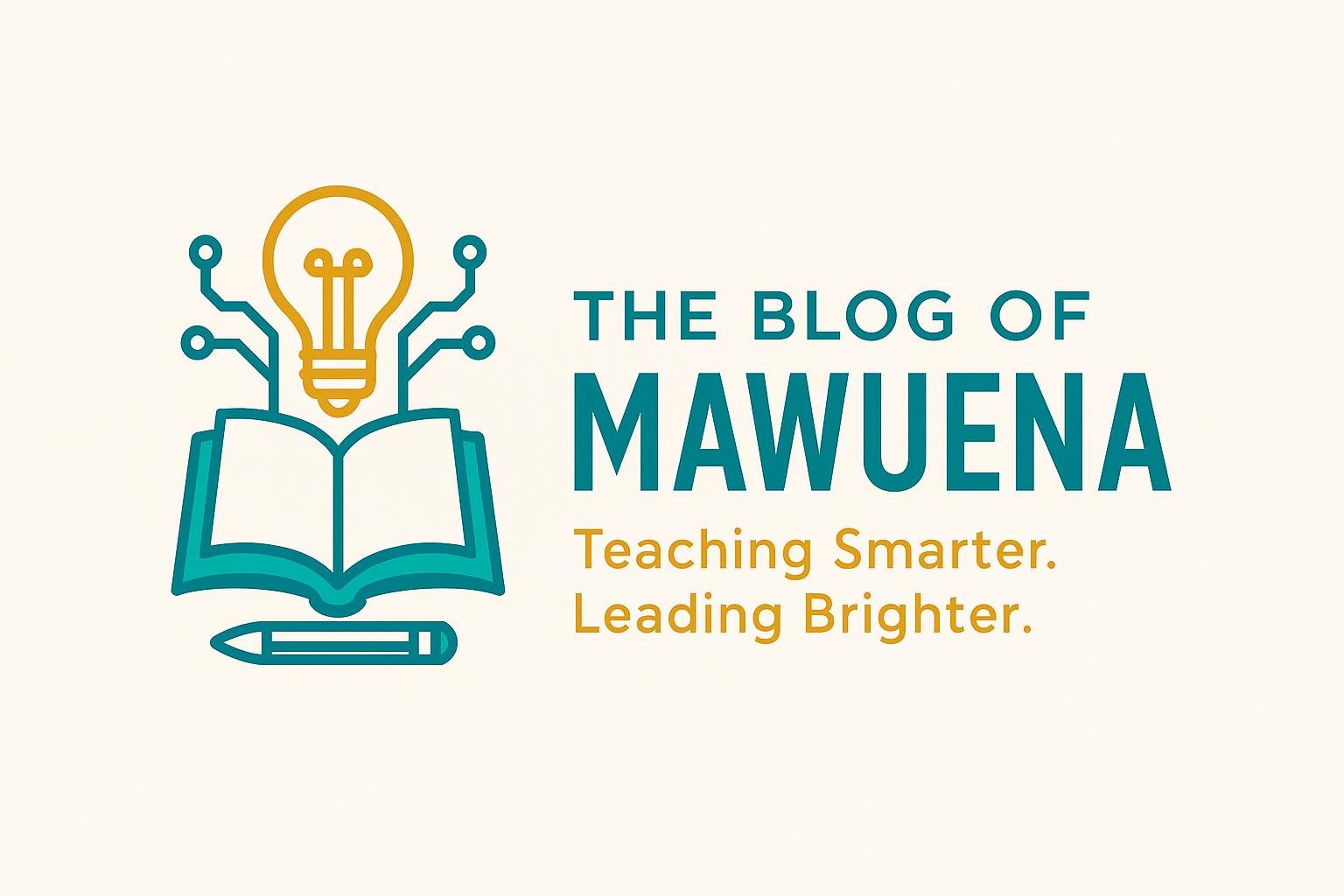I used to believe that a well-written lesson plan was the backbone of great teaching. It had structure. Objectives. Assessments. Everything I was taught to include. But one day—not during a training, not during a professional development session, but right in my classroom—I had a moment that shifted everything. And it had nothing to do with the lesson. It Was Just a Regular Day… Until It Wasn’t…

We were reviewing vocabulary in French. I had my slides ready, my questions typed out, and my pacing perfect. I noticed one student—usually quiet—fidgeting and staring at her desk. I called on her gently. No response. I smiled and moved on. But five minutes later, she burst into tears.

I paused the lesson. I didn’t ask, “What’s wrong?” I just sat beside her and said, “I’m here.” After class, she whispered: “I didn’t eat this morning.”
That’s when it hit me—my perfect lesson plan didn’t matter at all in that moment. What she needed wasn’t vocabulary practice. She needed compassion. She needed care. She needed someone to see her.

Teaching in a Title I School Changed Me

In my classroom, many students are carrying more than bookbags. They carry family stress, hunger, language barriers, trauma, and self-doubt. Some are caretakers. Some are newcomers. Some are already exhausted before 8 AM.
No scripted curriculum prepares you for that.
That moment with my student taught me that being an effective teacher is equal parts heart and content. Yes, we need to teach skills. But we also need to see the whole child—especially in communities that are often overlooked.
What I Do Differently Now

I still write lesson plans. But now, I plan for the human parts, too. I check in, not just check off. I build trust before I build rigor. I create space for emotions before expecting performance. I use AI tools to save time—so I can use more of it connecting with students.
Some days, that means pausing a lesson to let someone cry. Other days, it means celebrating a tiny win for a child who usually shuts down. That’s not in any pacing guide. But it’s more powerful than anything on a worksheet.
The Lesson I Learned
The truth is: a lesson plan doesn’t teach. A person does. And the best educators don’t just transfer knowledge—they see people, they listen, and they show up fully. That moment in my classroom reminded me: content without care is noise.

My students still learn vocabulary. But now, they also learn that their voices matter. That someone sees them. That their humanity comes first.
And honestly? That’s the lesson I hope they never forget.

